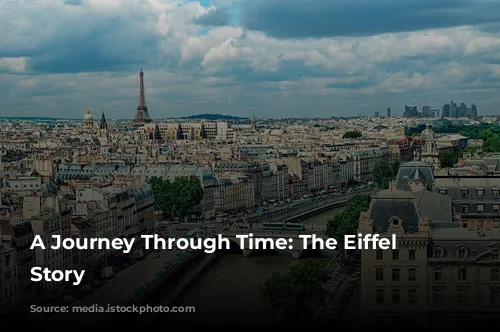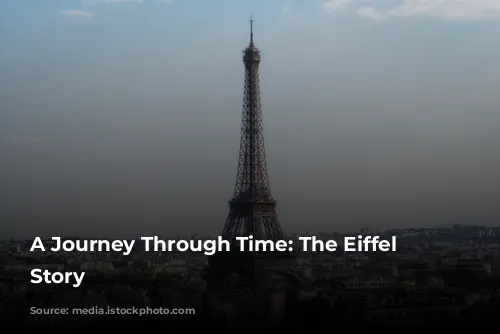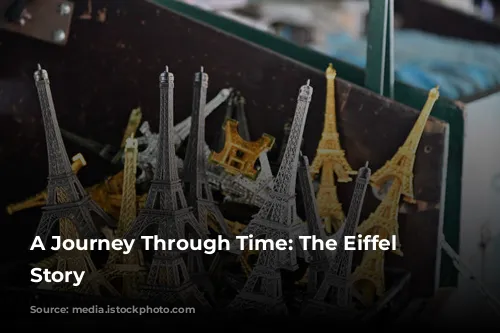The Eiffel Tower: a global icon, a testament to French engineering, and a symbol of Paris itself. But what lies behind its iconic silhouette? Let’s delve into the history of this magnificent structure.

From Expo to Icon: The Birth of a Monument
The Eiffel Tower wasn’t always the beloved landmark it is today. Its origins lie in a competition held in 1889 to commemorate the French Revolution’s centenary. Over a hundred designs were submitted, but it was Gustave Eiffel, a renowned bridge engineer, whose vision won the Centennial Committee’s favor.
This grand structure was intended to serve as the entrance gateway to the International Exposition of 1889, a celebration of innovation and progress. Its construction represented the pinnacle of French industrial prowess, showcasing the nation’s engineering ingenuity.
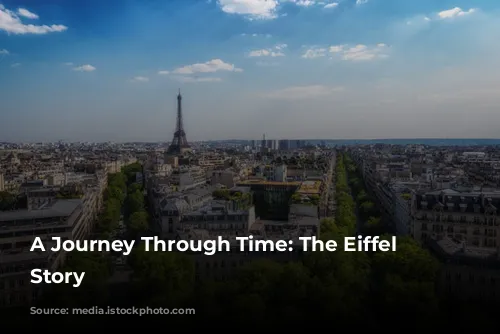
Beyond the Exposition: A Parisian Icon
The Eiffel Tower’s initial purpose, however, was surpassed by its enduring significance. Its graceful lines and imposing height soon became synonymous with the City of Lights, representing its unique character and romantic allure.
Its sparkling lights, which have adorned the tower since 1889, have become a symbol of celebration and remembrance. The Eiffel Tower’s illumination reflects the world’s major events, signifying moments of joy, sorrow, and global unity.

A Masterpiece of Iron: The Eiffel Tower’s Construction
The Eiffel Tower’s beauty lies not only in its design but also in its materials. It is almost entirely constructed from wrought iron, a testament to Gustave Eiffel’s profound understanding of the behavior of metal under stress.
His innovative design, using open-lattice structures, created a lightweight yet immensely strong framework. This architectural marvel revolutionized civil engineering, paving the way for future advancements in building construction.

Finding the Eiffel Tower: A Parisian Landmark
Located on the Champ de Mars, in the 7th arrondissement of Paris, the Eiffel Tower stands proud on the city’s Left Bank, south of the Seine River. This historic district is home to other celebrated attractions, such as the Musée d’Orsay and the Rodin Museum, making it a must-visit for any Parisian explorer.
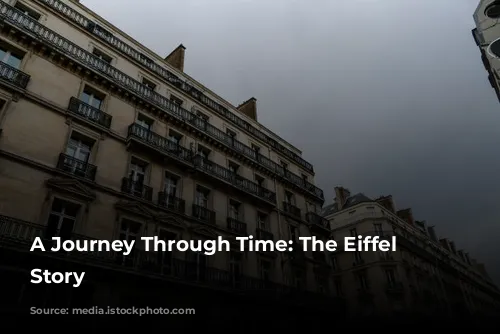
The Eiffel Tower’s Sparkly Symphony
Every night, for five minutes at the start of each hour, the Eiffel Tower explodes in a dazzling display of light. This enchanting spectacle, which has been a constant since 1985, is a testament to the tower’s enduring charm. It’s a modern twist on the original gaslights used during the 1889 Exposition, adding another layer of brilliance to this iconic structure.
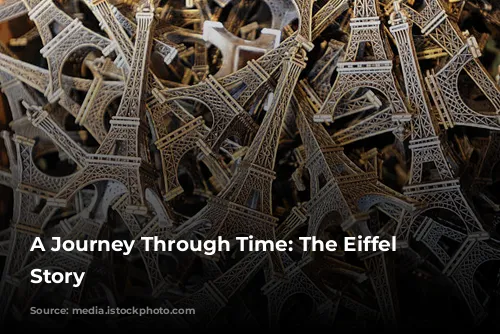
Conclusion: A Timeless Symbol
From its humble beginnings as a symbol of national pride to its enduring status as a global landmark, the Eiffel Tower remains a timeless symbol of Paris and the ingenuity of mankind. It stands as a testament to human creativity, engineering excellence, and the captivating beauty that can be found in the most unexpected places.

